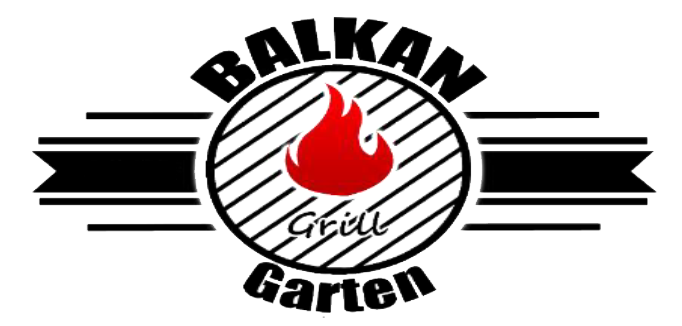The development team collects requirements from several stakeholders such as customers, internal and external experts, and managers to create a software requirement specification document. There are various software development life cycle models defined and designed which are followed during the software development process. These models are also referred as Software Development Process Models“. Each process model follows a Series of steps unique to its type to ensure success in the process of software development. An SDLC (software development life cycle) is a big-picture breakdown of all the steps involved in software creation (planning, coding, testing, deploying, etc.). Companies define custom SDLCs to create a predictable, iterative framework that guides the team through all major stages of development.
Once the requirement is understood, the SRS (Software Requirement Specification) document is created. The developers should thoroughly follow this document and also should be reviewed by the customer for future reference. The V-shaped model (also known as the Verification and Validation Model) requires the team to run coding and testing tasks in parallel. Other less common SDLC phases that are still worth knowing are dedicated steps for deconstructing apps, retiring software, and writing documentation.
Software Development Methodologies
Ultimately, all this ensures that the final product meets customer needs and can quickly respond to market demands. This stage includes the development of detailed designs that brings initial design work into a completed form of specifications. This work includes the specification of interfaces between the system and its intended environment, and a comprehensive evaluation of the systems logistical, maintenance and support requirements. The detail design and development is responsible for producing the product, process and material specifications and may result in substantial changes to the development specification. In other words, a life cycle model maps the various activities performed on a software product from its inception to retirement. Different life cycle models may plan the necessary development activities to phases in different ways.
However, they are helpful when teams want to get valuable feedback from the customer. The team makes sure that the software is up-to-date and it’s secure enough for users and pushes it from the development environment to a live environment–usually an app store. The deployment http://www.stroyevroklimat.ru/?id=210 process starts once the testing phase is over and there are no bugs or errors in the development backlog. By the end of the planning phase, the team leads should have a working estimate of how much the project will cost and who will be part of the project.
Big Bang Model
During this stage of the system lifecycle, subsystems that perform the desired system functions are designed and specified in compliance with the system specification. The system specification represents the technical requirements that will provide overall guidance for system design. Object-oriented analysis and design (OOAD) is the process of analyzing a problem domain to develop a conceptual model that can then be used to guide development. During the analysis phase, a programmer develops written requirements and a formal vision document via interviews with stakeholders. The product leaves the testing phase and is ready to go into production.
